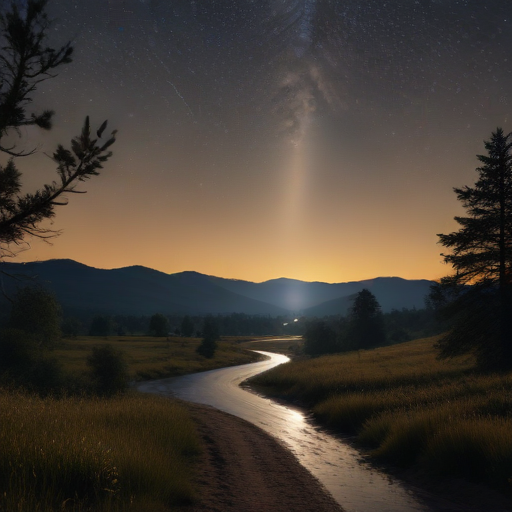This month marks the arrival of the Beaver Moon, the fourth and final supermoon of 2024, set to illuminate the sky on November 15. This celestial event provides a magnificent opportunity for stargazers and astronomy enthusiasts alike.
In addition to the Beaver Moon, November offers a remarkable chance to observe Jupiter, which is currently in prime visibility and has not been this prominent in the Northern Hemisphere for approximately a decade. According to Astronomy’s November edition, this positioning makes for an exciting time to engage the telescope and gaze at the night sky.
Observers can also look forward to witnessing shooting stars as the Taurids and the Leonids meteor showers peak around the weekend of November 16 and 17, producing about 10 to 15 meteors per hour after midnight. These meteors can leave behind visually striking trails known as “trains” and “smoke trails,” adding to the wonder of the night.
The term “Beaver Moon” originates from the time of year when beavers prepare for winter by building dams before the ground freezes. November signifies a period of readiness for colder months, often marked by the first snowfalls in the northern regions of the United States and Canada, and the shedding of leaves from many trees and shrubs.
Various cultures have attributed alternative names to the Beaver Moon. The Cheyenne people refer to it as the “Deer Rutting Moon,” while the Choctaw in the Southeastern U.S. call it the “Panther Moon.” Additionally, the Hopi honor it as the “Fledgling Hawk Moon,” and Potawatomi refer to it as the “Turkey Moon.” The Algonquin and Assiniboine tribes describe this full moon as the “Moon of Much White Frost On Grass” and “Frost Moon,” respectively, highlighting the colder climate of November.
Peak illumination for the Beaver Moon will occur on November 15 at 2:29 p.m. MT (4:29 p.m. EST). However, the moon will appear luminous and full on the nights leading up to and following this date, notably on November 14 and 16, when it will rise in the east around sunset, reach its highest point around midnight, and then set in the west.
Looking ahead, the next full moon of 2024, known as the Cold Moon, is scheduled to occur on December 15, transitioning us into the winter season.
Overall, November brings a wealth of celestial events to admire, making it an ideal time for astrophotography and stargazing outings. Enjoy the beauty of the Beaver Moon and the meteor showers as the year concludes.
